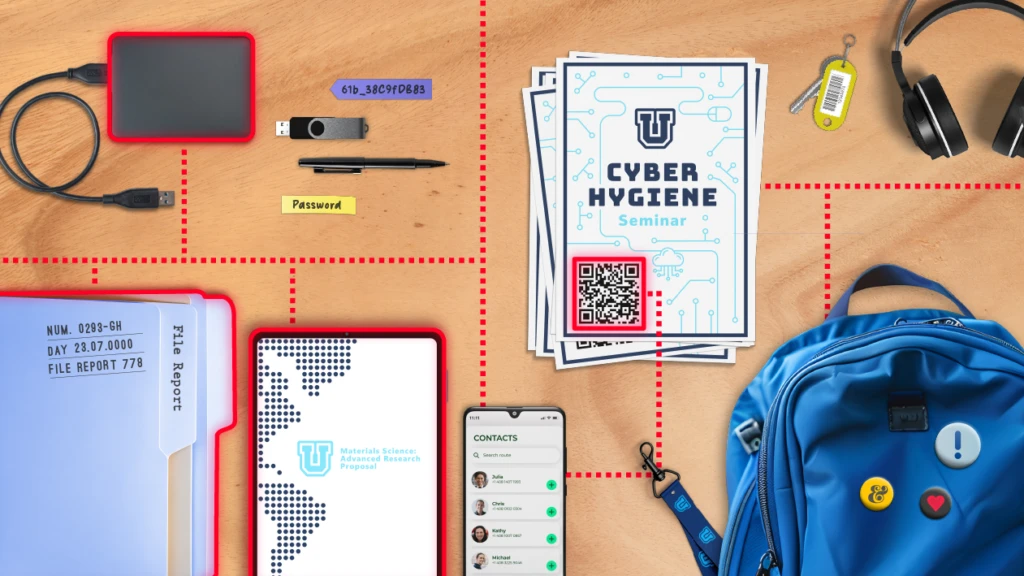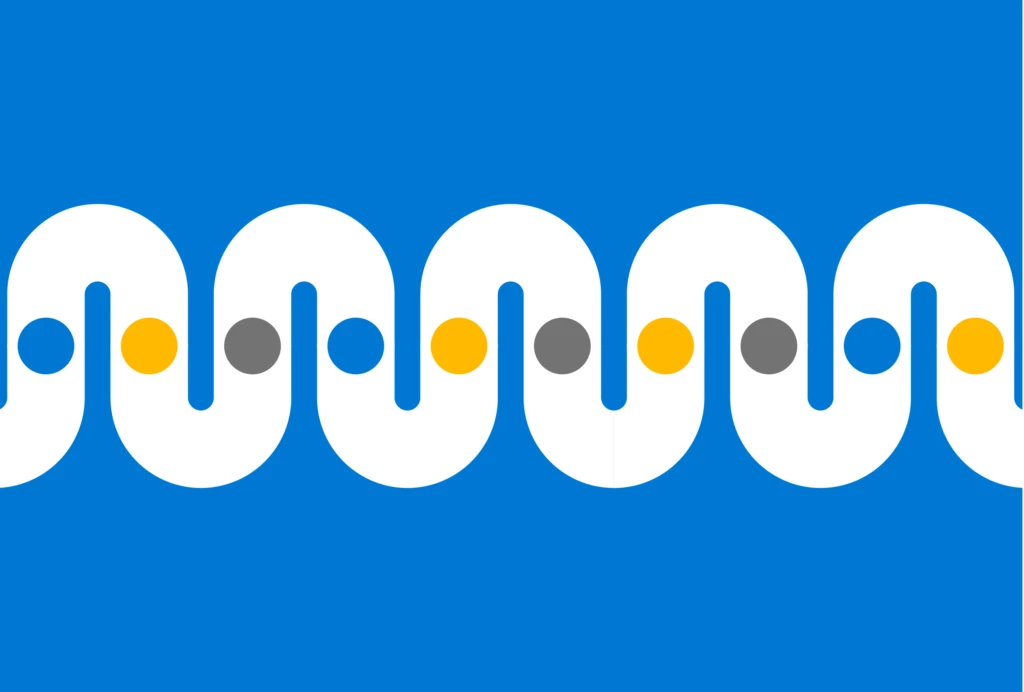Cyber Signals Issue 8 | Education under siege: How cybercriminals target our schools
This edition of Cyber Signals delves into the cybersecurity challenges facing classrooms and campuses, highlighting the critical need for robust defenses and proactive measures. From personal devices to virtual classes and research stored in the cloud, the digital footprint of school districts, colleges, and universities has multiplied exponentially.
















